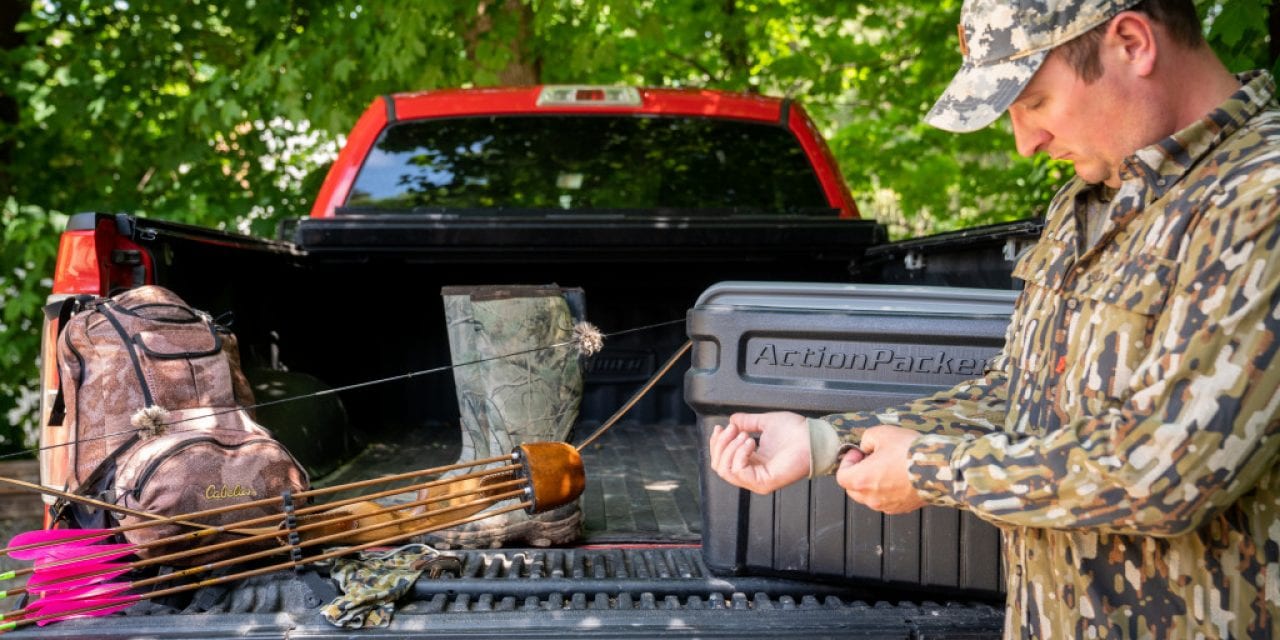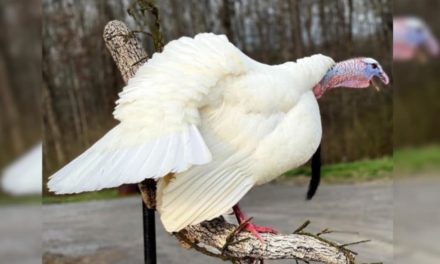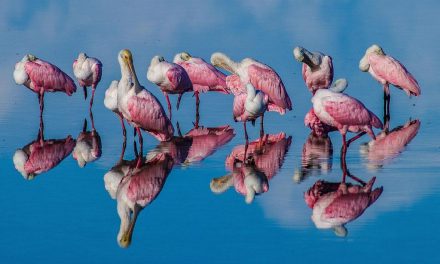A No-nonsense Approach to Scent Control
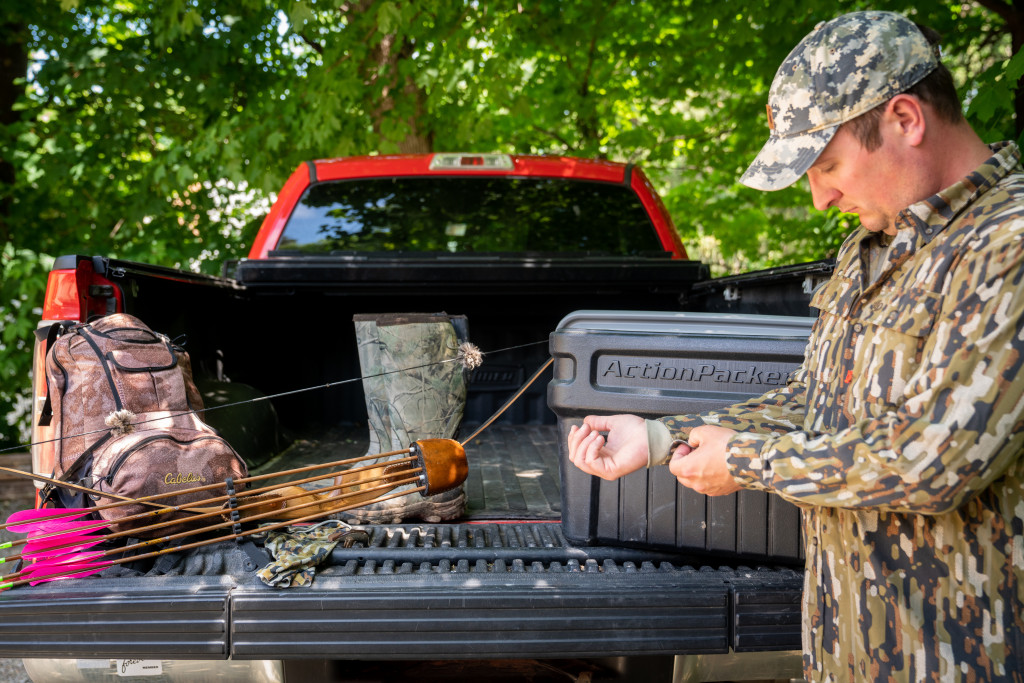
By Ryan Sparks
Besides Nebraska farmers, no group in the state frets over the weather more than deer hunters. They study barometric pressure, moon phase, temperature and daylight hours, trying to figure out when deer will move and where. Of all these factors, they pay the most attention to the wind, and for good reason. While we experience the world through our eyes, deer live in a world of smell, and the wind is what delivers that scent to their nose.
Deer use their sense of smell to gain information about the world in an unbelievably rich way that is hard for us to imagine. Evolution has refined their sense of smell, particularly the surface area of the nasal cavity. Humans have about two square inches of nasal cavity surface area. By comparison a good hunting dog, say an English pointer, usually has around 34 square inches. Researchers at Mississippi State University found that whitetails have even more nasal cavity surface area, giving them a sense of smell well over 1,000 times better than humans. Furthermore, scientists say that whitetails can sort through several odors at a time. We might walk into a kitchen and smell a freshly baked cake. Deer smell eggs, flour, sugar, butter and milk.
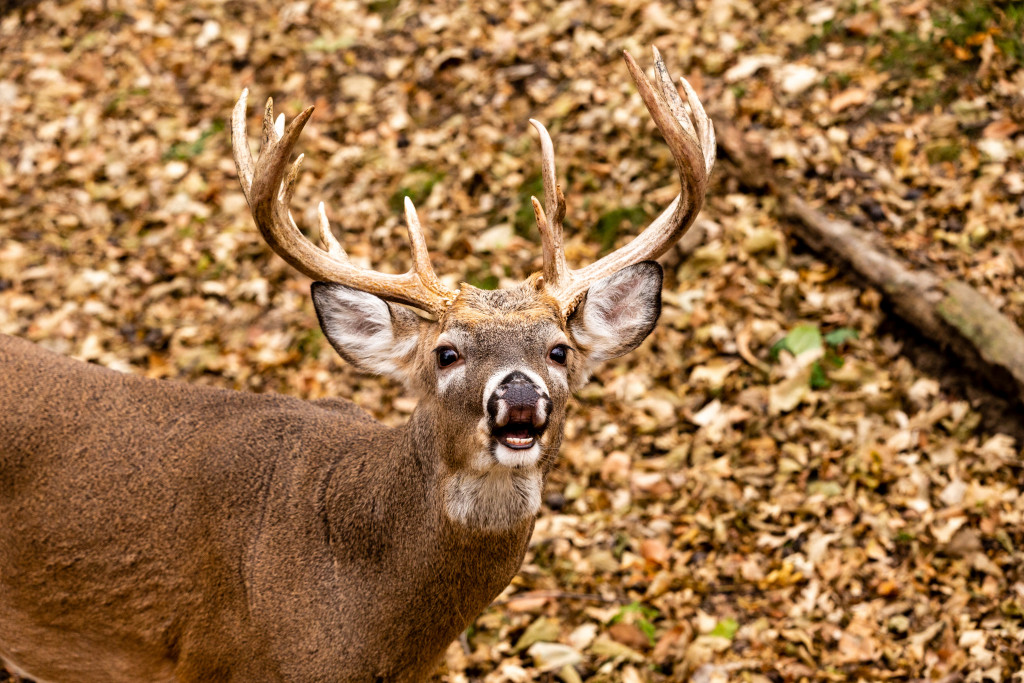
There are hundreds of products marketed to deer hunters that promise to control, contain or eliminate scent. I’ve seen everything from scent-absorbing clothing to pills that promise to eliminate human odor completely. I’ve tried a few of these products, and truth be told, no matter how hard we try, we can never eliminate our scent. While there’s nothing wrong with using sprays, soaps and special clothing, the best scent-elimination techniques don’t come from a store. Getting in the habit of scent control makes you a better hunter, not just because you leave less scent behind, but because it gets you thinking about the way deer experience the world — through their nose.
After many days in a tree stand, I have found a scent-control routine that works for me. Some hunters will think it’s overkill. Others will think I don’t go far enough. I’ll be the first to admit that I still get busted by downwind deer. However, their initial reaction to encountering my scent is often confusion, as if they’re not sure what they smell, where the smell is coming from or how far away it is. This confusion gives me extra time before they bolt, and I also believe deer must be closer to me before they realize what’s going on. Going through the effort of scent prevention gives me extra time with a deer in range — effort well spent in my opinion. The extra time is often the difference between releasing an arrow and watching a whitetail bound into the distance.
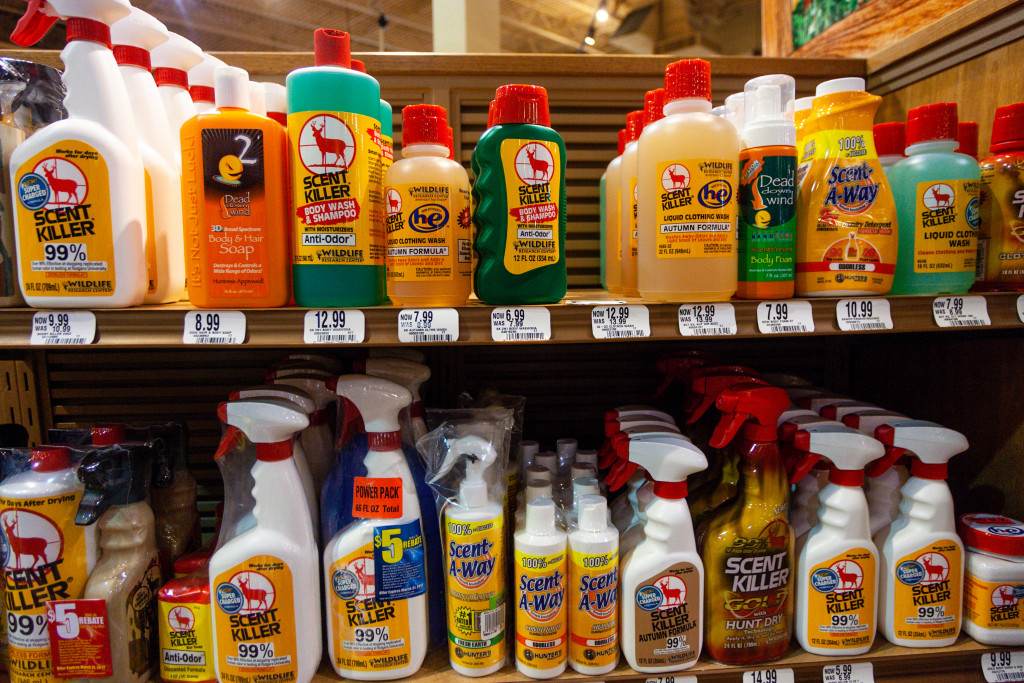
A Scent Control Regimen
My scent control process starts well before I climb into a tree stand. Several weeks before bow season opens, I hang my hunting clothes, which I store in a sealed plastic tub, on a clothesline outside. I spray them with a hose until they’re soaking wet and let them air dry. Once they are dry, I leave them outside until I am ready to use them. Along with my hunting clothes, I also hang a T-shirt, socks, sweatpants, sweatshirt and a towel on the line. This is the clothing I wear in my vehicle on the way to hunt. One precaution, make sure your clothesline isn’t downwind of your grill, your neighbor’s fire pit or anything else that might add scent to your clothing.
I store my clothes outside exposed to the elements during hunting season. The reason I do this is based on the concept of off-gassing. Think of your clothing like a sponge that absorbs and releases scent. When you buy it from the store it smells like the materials and dyes it’s made from. I hose it down to help release these smells and as the clothing continues to hang outside, the smell of fall air replaces the unnatural scent. After a day of hunting, I hang them back on the line to begin releasing my human odor and replacing it with the scent of the ambient air.
I use two pairs of thermal underwear that I rotate. One hunt I wear the first pair, and the next, I wear the second. The clothing touching your body will take on the majority of your scent, so after I’m finished hunting, I hang it on the line, hose it down and let it dry. By rotating and airing them out between hunts, I bring less human scent into the field.
I’ve had friends ask why I don’t wash my clothing with scent-eliminating detergent. It’s simple — even with scent-eliminating soap I don’t want to put my hunting clothes in a washing machine that has had hundreds of gallons of scented laundry detergent put through it. I prefer the simplicity of a garden hose and a clothesline, but if you really want to use commercially available scent soap, wash your clothes by hand in a rubber tub.
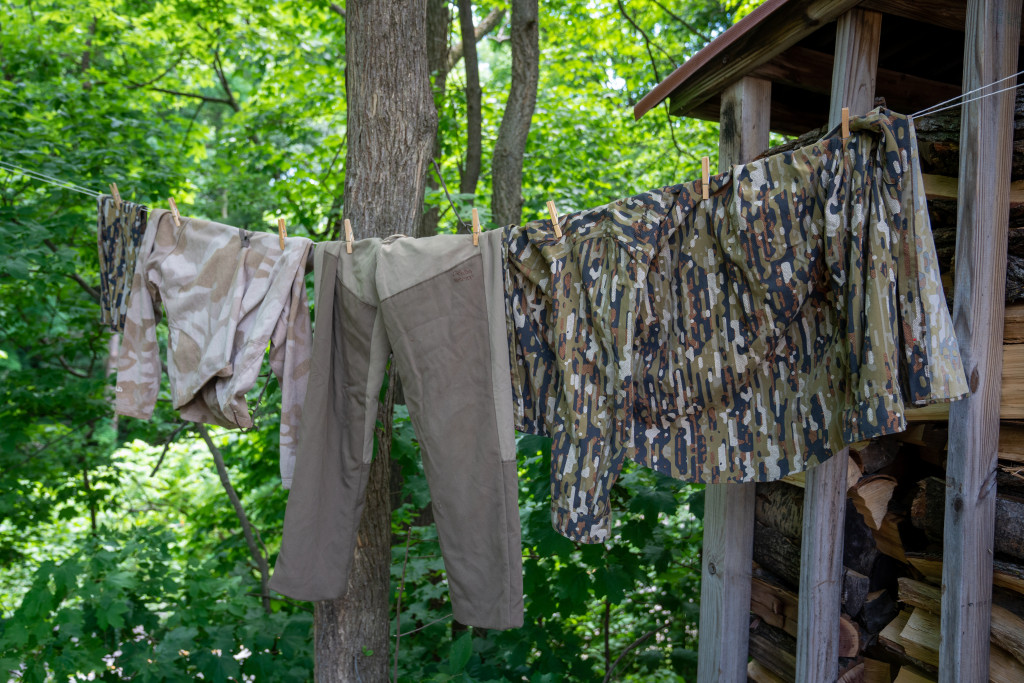
The Morning of the Hunt
The morning of a hunt, I wake up and rinse off in the shower without soap. When I’m finished, I use the towel that’s been hanging on the line to dry off. I believe getting completely dry is important. Have you ever washed your dog and noticed the characteristic wet dog smell? Although we don’t notice it, humans put off a similar smell that gradually goes away as we dry. Drying off with a scentless towel gets rid of that smell immediately.
After rinsing and drying, I use a scent-free antiperspirant. While they sell them at outdoor stores, scent-free antiperspirant is available at most pharmacies and grocery stores. Take note, there is a difference between antiperspirant and deodorant. I prefer antiperspirant because it stops scent from occurring by temporarily blocking your sweat glands from perspiring rather than trying to neutralize or mask body odor like deodorant. Antiperspirant also works in other places besides your arm pits. Any area of your body that is likely to sweat or smell is a candidate for a swath of antiperspirant.
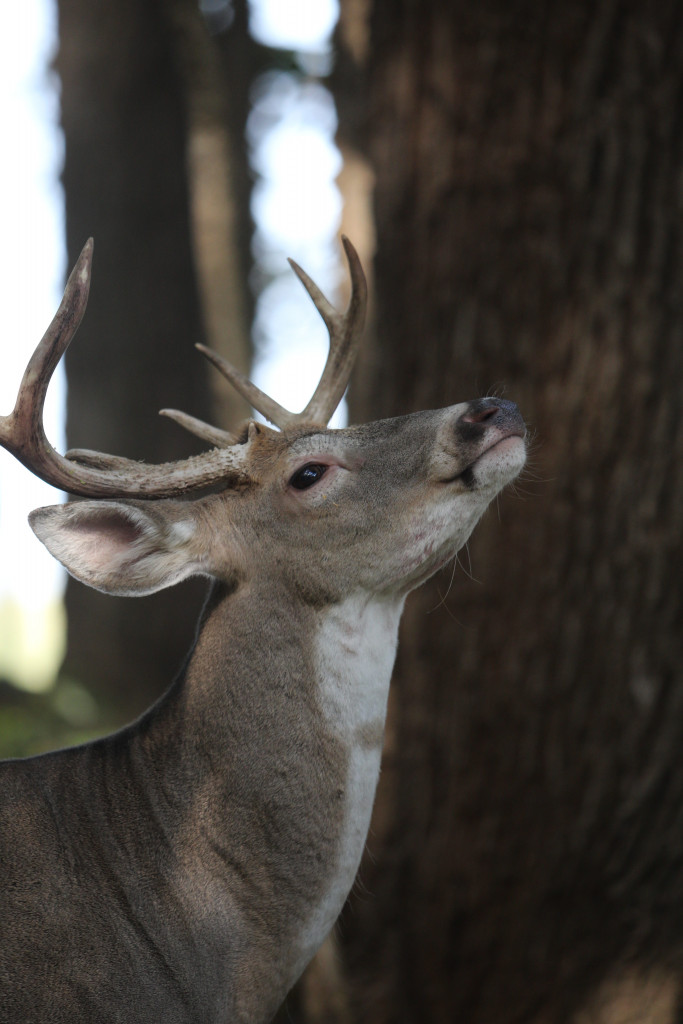
After showering, drying and applying antiperspirant, I put on the clothing that I will drive in to my hunting spot, including a pair of foam sandals I slip over my socks. By not wearing my hunting clothing while traveling, I avoid taking on scent from my vehicle. I place my hunting clothes in a sealed rubber tub that I put in the back of my truck.
Once I arrive at my hunting location, I change out of the clothes I’m wearing and put on my hunting clothes, including a pair of knee-high rubber boots. I like to walk to my stand with my jacket and other insulating layers in my pack. This keeps me from sweating while walking and climbing into the tree. Once I’m in the stand, I layer up and settle in.
Keep in mind that while you walk to the stand you are leaving a trail of scent behind. This ground scent can alert deer to your presence hours after you have passed. Do your best not to touch anything on the way to the stand. Duck under branches rather than lifting them out of the way and be aware of any grass or limbs your clothing might brush against. If you can, avoid it. Also, if possible, try to approach your stand from downwind or away from where you think deer will pass by.
The first thing I do when I arrive back at my truck after hunting is remove my hunting clothes and store them in the sealed plastic tub until I get home and hang them on the line.
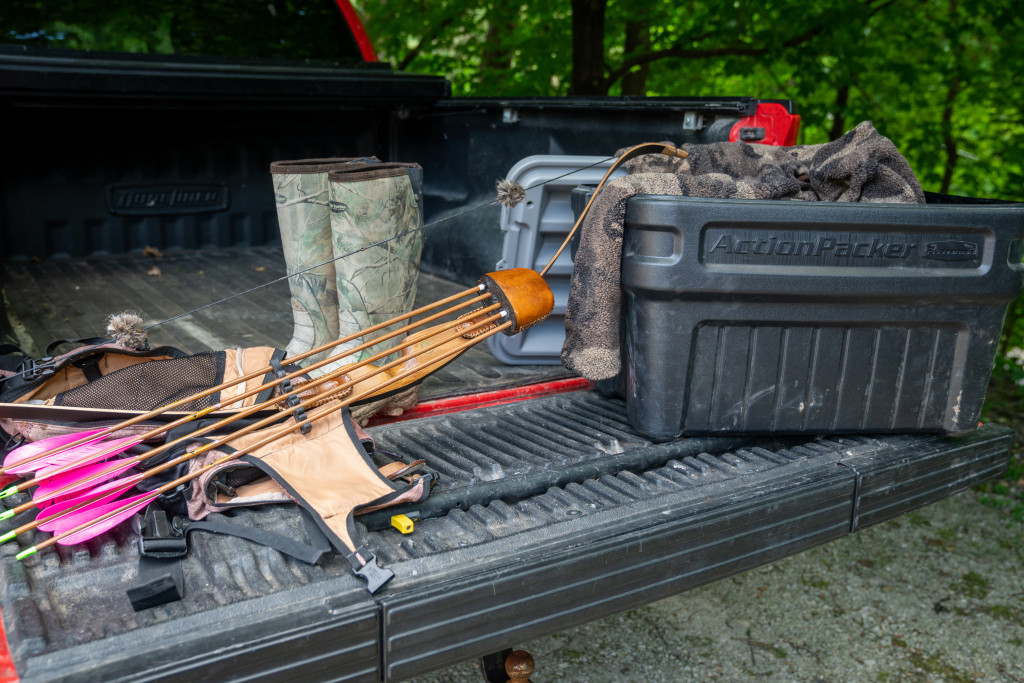
Thermals
There’s no way to defeat a whitetail’s nose, so hunters use the wind to carry their scent away from deer. What many don’t realize is that thermal currents also carry scent and can be as useful or as frustrating as the wind. Thermal currents are caused by warming and cooling air. In the morning, as the sun warms the ground, thermal currents rise into the sky, taking your scent with them. In the evening, the air cools and does the opposite.
On calm days, I’ve had deer directly under my stand that never smelled me. In these situations, thermals are your best friend. However, they can be frustrating in the evening as they push your scent down towards the ground. You can still use them to your advantage by setting up downhill from a well-traveled trail or along a creek where the thermals will push your scent into the creek bed. Of course, you still need to pay attention to the wind. A steady wind can negate any effect the thermals have on airflow.
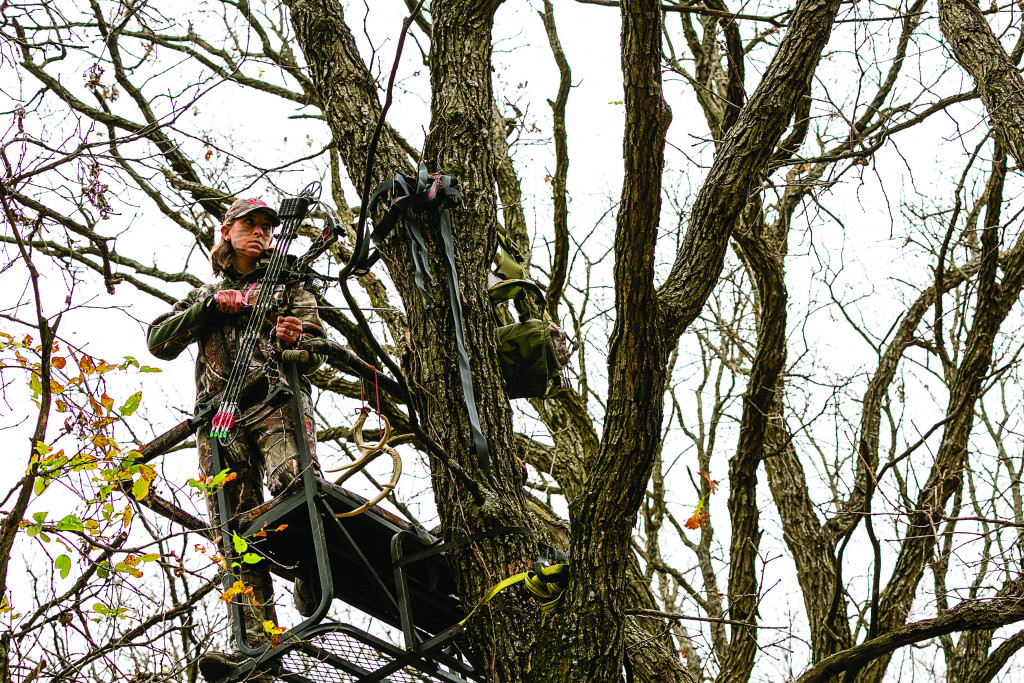
I’ve seen the benefits of these scent reducing practices and think it’s worth it. Taken individually, each small thing does little to prevent deer from smelling you, but together these little details add up to real results. While it’s not going to allow you to completely disregard the wind, the extra moments I get when a deer walks downwind, or the extra yards of distance I get are worth it. Some hunters go even further, investing in separate washing machines, charcoal lined closets, ozone-emitting devices that absorb human scent and special scent capturing suits. That’s too much for me. I prefer no-nonsense, practical methods to reducing my scent. ■
Ryan Sparks is a freelance outdoor writer and photographer. See more of his work at sparksryan.com.
The post Common Scents appeared first on Nebraskaland Magazine.

